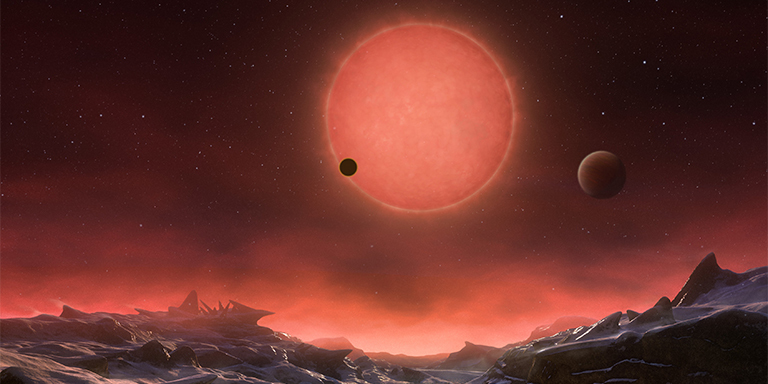Oxygen ions may be an easy-to-track sign of life on exoplanets

Enlarge (credit: ESO/M. Kornmesser)
The search for extraterrestrial life is fairly synonymous with the search for life as we know it. We're just not that imaginative-when looking for other planets that could host life, we don't know what to look for, exactly, if not Earth-like conditions. Everything we know about life comes from life on Earth.
But conditions that clearly favor life here-liquid water, surface oxygen, ozone in the stratosphere, possibly a magnetic field-may not necessarily be prerequisites for its development elsewhere. Conversely, their presence does not guarantee life, either. So what can we look for that's an indication of life?
Skip the dwarfsMost (about seventy percent) of the stars in our Galaxy are M dwarf stars, and many of them have associated planets. The search for signs of life has largely focused on these planets, primarily because there are so many of them. However, the environments do not seem to be especially welcoming. Because M dwarf stars are dim, the hospitable zones around them are very close to the star. As a result, the planets get stuck in a gravitational lock: their orbital period and their rotational period are the same. This means that (just like our moon) these planets always have the same hemisphere facing their sun.
Read 8 remaining paragraphs | Comments